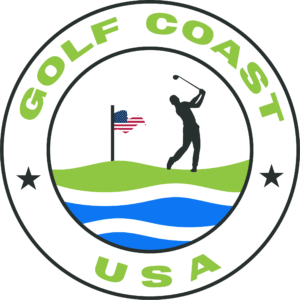Title: Golf and History: Tracing Myrtle Beach’s Illustrious Golfing Legacy
A scenic coastal city situated in the heart of South Carolina, Myrtle Beach is renowned for its leisurely climate, sandy beaches, and, above all, its prestigious golf history. Home to over a hundred beautiful golf courses, Myrtle Beach has been a golf lovers’ paradise for decades, earning it the title “Seaside Golf Capital of the World”. This article aims to take you on a historical journey through Myrtle Beach’s vibrant golfing past, chronicling the pivotal moments that shaped its golfing legacy.
Travel back in time to 1927, and Myrtle Beach was an off-the-beaten-path destination where golf and its future charm were still taking root. Pine Lakes Country Club, often considered the “Granddaddy” of all local clubs, was the first to punctuate the area’s natural beauty. This course, dressed in Scottish tradition, resided in the heart of the city, and quickly became a catalyst for golf’s popularity in Myrtle Beach.
The World War II era marked a dynamic shift in the city’s golfing landscape. Soldiers stationed along the coast fell in love with the Pine Lakes Country Club; many, upon their return from the war, flocked back to establish their home in this sun-drenched location. Consequently, their fondness for golf proliferated throughout the region, embedding the game into the fabric of local culture.
In 1960, George Cobb – the acclaimed course designer of Augusta National par 3 fame – fashioned the iconic Surf Golf and Beach Club, leaving an indelible mark on the city. The club augmented Myrtle Beach’s steadily sprouting reputation as the must-visit destination for golfers nationwide.
As the 70’s loomed, the local golfing mecca experienced explosive growth. Countless courses were established amid the charming Southern scenery. Jack Nicklaus made his course-design debut in Myrtle Beach in 1988 with Pawleys Plantation Golf and Country Club. Its pristine fairways and iconic greens sustained Myrtle’s status as the nation’s leading golf destination. Thriving under the spotlight, Myrtle Beach continued its unimpeded expansion and decade later introduced King’s North at Myrtle Beach National, crafted by none other than Arnold Palmer’s design firm.
Adding a distinctive contour to Myrtle Beach’s golfing topography in 1994 was Caledonia Golf & Fish Club. Michael Strantz designed this masterpiece, his first solo work, proving himself even when pitted against famed architects like Robert Trent Jones. Caledonia, with its low-country layout and old rice plantation setting, is often ranked among the Top 100 public-access courses in the United States.
Onto 1999, the World Amateur Handicap Championship in Myrtle Beach saw more than 10,000 passionate participants, confirming the city’s global golf gravitas. This milestone eloquently signposts that Myrtle Beach had not merely become a favorite amongst American golfers, but had etched itself into the heart of the international golf community.
In the 21st century, the golfing saga continued unabated. The introduction of the Barefoot Resort’s highly diversified four courses, each born out of collaboration with iconic designers such as Pete Dye, and Davis Love III, captivated golf aesthetes and aficionados alike.
Today, Myrtle Beach’s reputation as a comprehensive golf destination is solidified and uncontested. With a collection of award-winning courses, an infectious passion for the sport, and a rich history interwoven with golf, Myrtle Beach stands as a pilgrimage site for golf lovers worldwide.
As we traverse through the kaleidoscopic golf heritage of Myrtle Beach, it’s clear that golf is not just a game here, it’s a way of life. The city’s golfing chronicle stretches over a century, hosting great minds from the golfing world and nurturing the sport. Every corner of Myrtle Beach tells a story, every golf course whispers a golf lore. Here, the spirit of golf is alive and well, and its story gloriously continues year after year. From the fairways of Pine Lakes Country Club to the landscapes of the Barefoot Resort, each course carries a fragment of history, a piece of the golfing legacy that makes Myrtle Beach the magical golf odyssey that it is today.

Leave a Reply